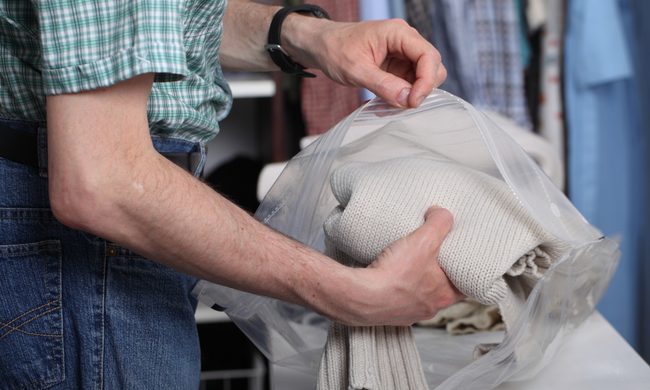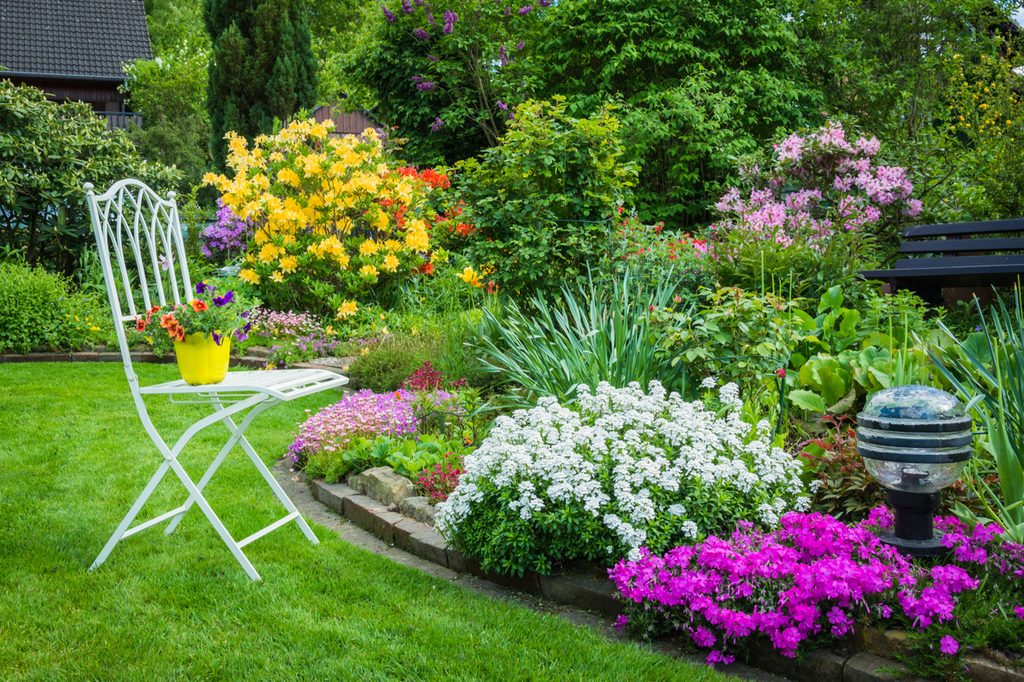
Do you love the look of colorful summer blossoms but hate having to replant every season? Well, get ready to fall in love with perennial flowers that bloom all summer long. With options that work in full sun, full shade, and a little bit of both, there are literally dozens of choices at your disposal.
For best results, check the growing information for the perennials you select before planting to make sure that they work with your soil type, amount of sun, and growing region. By taking a little bit of time to research and choose the right types, colors, and styles of perennials for your yard or container garden, you can enjoy vibrant, sweet-smelling blossoms all summer long.
Perennial flowers that bloom all summer
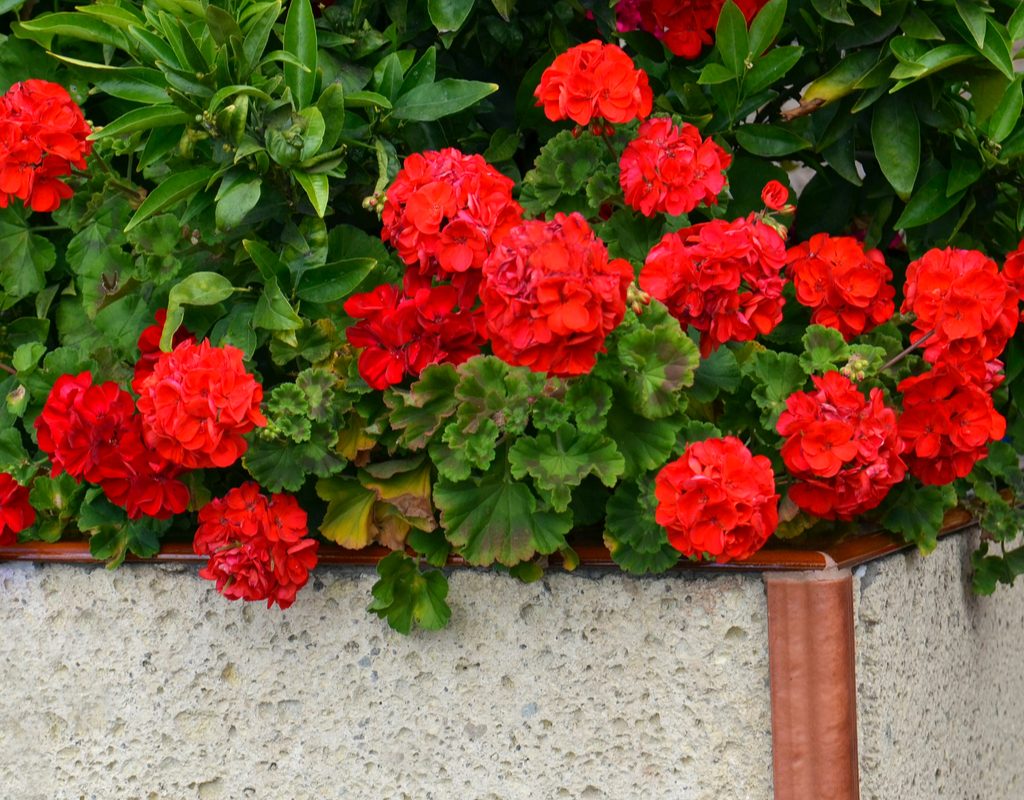
Fill your garden with color all summer long with plants that bloom this year and for many years to come.
Perennial geranium
Starting in late spring, perennial geraniums will produce brilliant, tiny white, pink, red, orange, or purple blossoms for months. Geraniums love the shade, so plant in either partial or full shade for best results.
As they love the heat and don’t mind drier soil, geraniums are not only a wonderful perennial choice for the garden but also in pots and containers. These geraniums are also resistant to rabbits and attractive to butterflies, so they make wonderful additions to garden borders.
Hardy hibiscus
A magnet for hummingbirds and butterflies, hardy hibiscus produces huge blossoms in vibrant shades of pink, red, or white and thrives in full sun. It typically has a longer dormancy than some other flowering perennials, but the reward of spectacular color will be well worth the wait.
Allium
Alliums thrive in locations with full sun, delivering colorful blossoms of yellow, white, pink, or purple. The whimsical structure, which can grow up to 3 feet tall, is made up of tall, thick stems and globe-like clusters of flowers. Alliums make great cut flowers, too, so you can fill the vases in your home with flowers from your own garden.
Becky Shasta daisy
With their sunny yellow and white blossoms, Becky Shasta daisies can’t help but make you smile. This classic summer flower blooms from July through September and is much tougher and more resilient than it looks. These daisies can survive dry to medium moisture level soil, and they are even somewhat drought resistant. Plant these beauties in full sun and get ready for a season full of sunny flowers.
Low-growing perennials that bloom all season
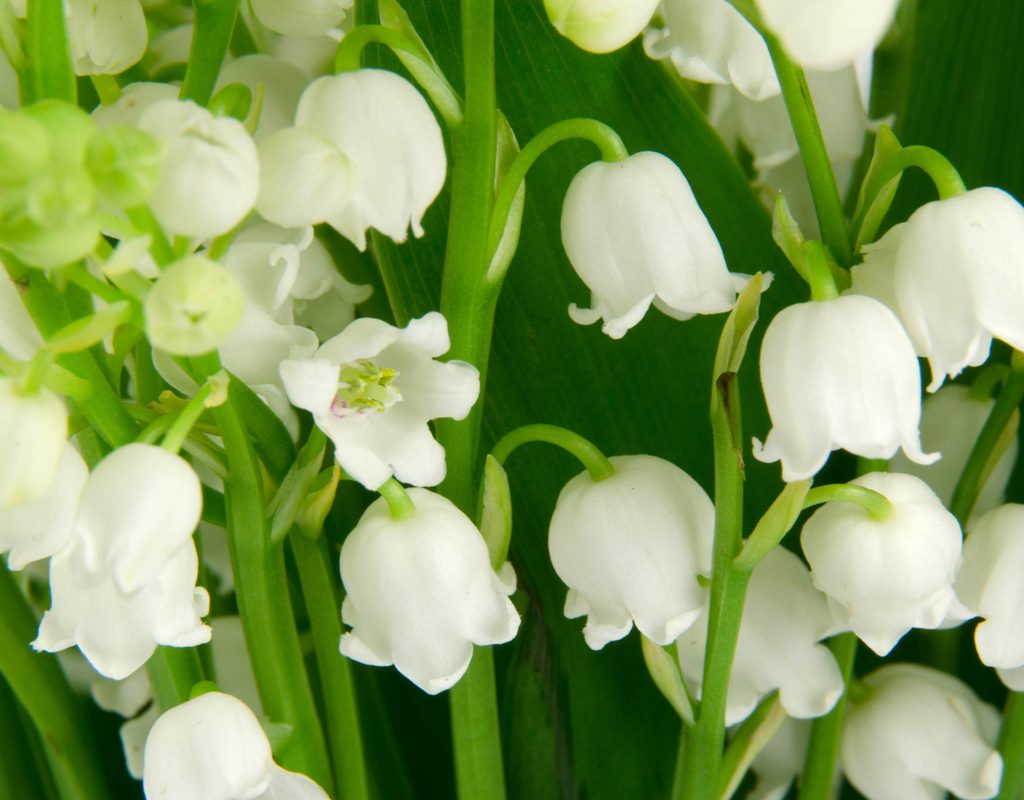
Ground cover perennials are a lovely way to upgrade the look of your front yard, flower beds, or garden pathways. You can find low maintenance, low-growing perennials that bloom all summer long, with these plants that also add color, minimize soil erosion, and prevent weeds. Here are a few of our favorites.
Lily of the valley
You’ll be hard-pressed to find a better low-growing perennial than Lily of the valley. It is considered one of the easiest to maintain among the perennial ground covers, and it grows best in partial shade with moist soil. If you can’t perfect these conditions, don’t worry. This lily is so hearty and adaptable that it can also do well in full sun or even full shade, depending on the moisture level of the soil. Not only are the snowy white bell-shaped blossoms beautiful to look at, but they are also some of the sweetest-smelling flowers out there.
Creeping thyme
While creeping thyme isn’t edible, it offers the same wonderful herbal fragrance as the thyme you’d find in the kitchen. This purple plant is an excellent ground cover for sunny or lightly shaded areas of the garden, filling empty spots in the yard and gaps between stepping stones. Creeping thyme also has the added benefit of choking out invasive weeds, so these blooms will keep your garden free from bothersome weed growth.
Delosperma – Ice Plant
With spreading leaves and striking flowers that open to the sun and close in the shade, this low-growing perennial features a gorgeous blend of orange, fuchsia, and white blossoms. It thrives in sunny areas with fast-draining soil and requires weekly watering in the heat of summer.
Sedum “Dragon’s Blood”
It should come as no surprise that Dragon’s Blood is known for the distinctive, vibrant red color of the petals. Sedums enjoy good sun and soil that isn’t too dry. They’re fairly undemanding though, so they can also grow in partial shade (but not full shade). Known to provide year-round beauty in your garden, you may still see the pretty rosette flowers peeking out from beneath the snow in winter.
Tips for growing perennial flowers in summer
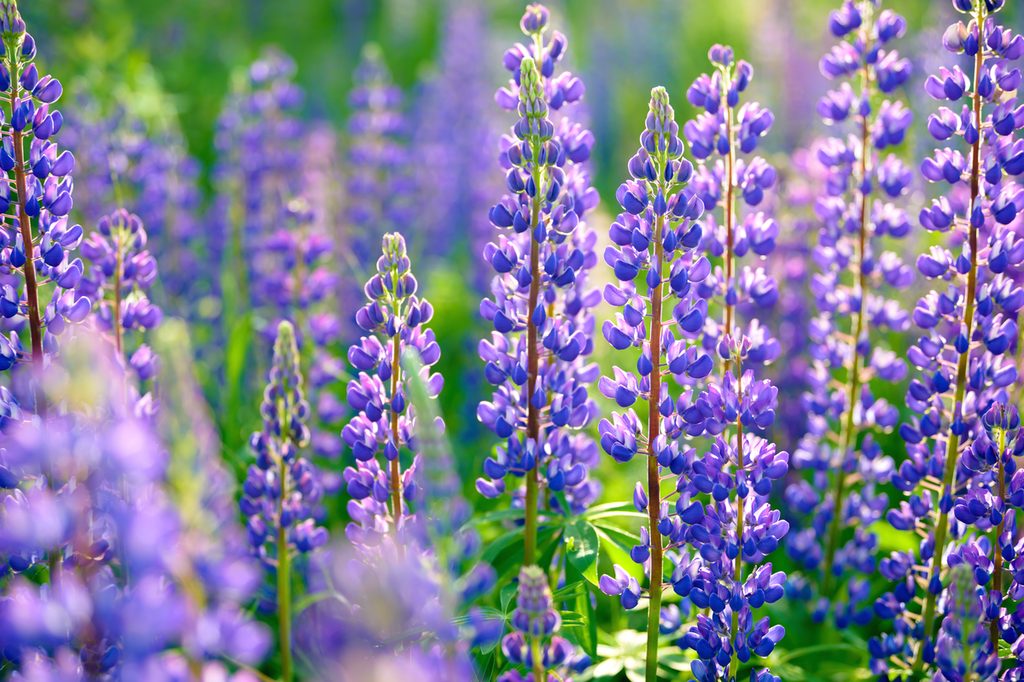
To ensure vibrant perennial blooms in summer, start with soil preparation — loosen it and amend it with compost for optimal drainage and nutrient retention. You should also select perennial varieties suited to your climate and soil type, considering factors like sun exposure and water requirements.
Plant at the appropriate depth, typically with the crown just at or slightly above the soil surface. Regular watering is also crucial, especially during dry spells, but avoid overwatering to prevent root rot. Finally, you should mulch around plants to retain moisture, suppress weeds, and regulate soil temperature. Deadhead spent blooms to encourage continuous flowering and prune as needed to maintain shape and vigor.
You don’t need a green thumb to achieve a riot of colorful blossoms in your garden all summer long. All you need are the right perennials and a well-thought plan to grow a vibrant garden you’ll enjoy this summer and for many summers to come.

